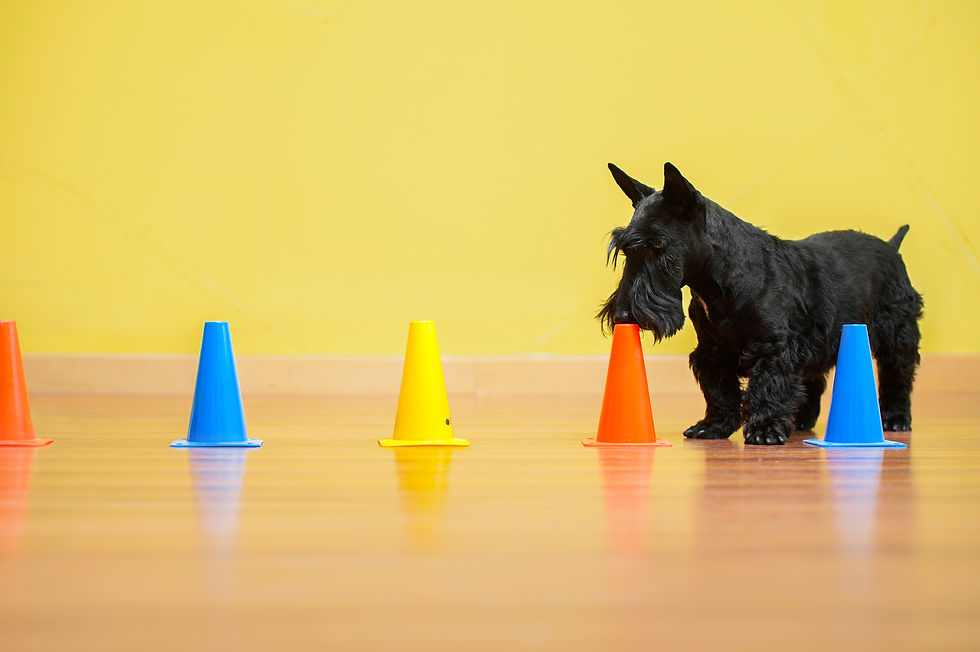Dogs and Disaster Preparedness
- Matt Erlenbsch

- Jul 4, 2022
- 2 min read
By Team Alaska

Wildfire season is here and that means it is time to make sure you review (or create) your evacuation plan and prepare your pet’s “Go Bag.”
Make sure you have a notice posted by your front door for rescuers to find/save pets if they are left alone in the yard or house. List pet names and descriptions (color/ markings, age, weight) and their favorite hangout or hiding spots to make them easier to find.
Have a plan of where you will go with your pets. Talk to friends/ relatives in advance and make sure they can accommodate you and your pets.
Remember that in an emergency you could get separated from your pet. Prepare everything in advance to make reuniting as easy as possible and to ensure your pets receive good care during the time they may be separate from you.
If you have a pet, it takes that much more time to evacuate. Don’t wait for Evacuation Orders, as soon as Evacuation Warnings come out, pack up and go.
We have reviewed several different websites regarding disaster preparedness and pets and have compiled an evacuation list for you here.
Items to have saved in a file on your computer and/or phone:
Cloud files might not be accessible during a disaster, so have them loaded onto your devices
A few current photos of your dog(s)/pets (to help reunite if they are separated from you)
Current medical records including:
registration
microchip number
rabies and other vaccination records
Medication prescriptions and pharmacy information
Items to have in a “Go Bag” for your dog:
Two week supply of food and written instructions for daily feeding
Several days of water (Reuse 2-liter plastic bottles with emergency water, or have a full 5 gallon refillable water jug)
Water and food bowls. Can opener if your dog eats canned food.
Paper copies of medical records
Two week supply of medications and directions for administering, as well as prescription and pharmacy information for refills if needed
A supply of monthly medications such as heart worm, flea and tick as well as instructions for when to administer
Written contact information for you and your veterinarian as well as a release for responders to take your dog to a veterinarian for emergency care if needed
Leash and collar/ harness with pet information on it
Crate with bedding and a toy (label the crate with your dog’s name, age, breed, gender, weight, your contact information and your veterinarian’s contact information)
Poop bags for cleaning up waste
Other items to consider including:
Muzzle or thunder shirt if your dog gets easily stressed
Anti diarrheal medication (stress can cause diarrhea)
Cleaning supplies (paper towels, disinfectant spray, trash bags)




Comments